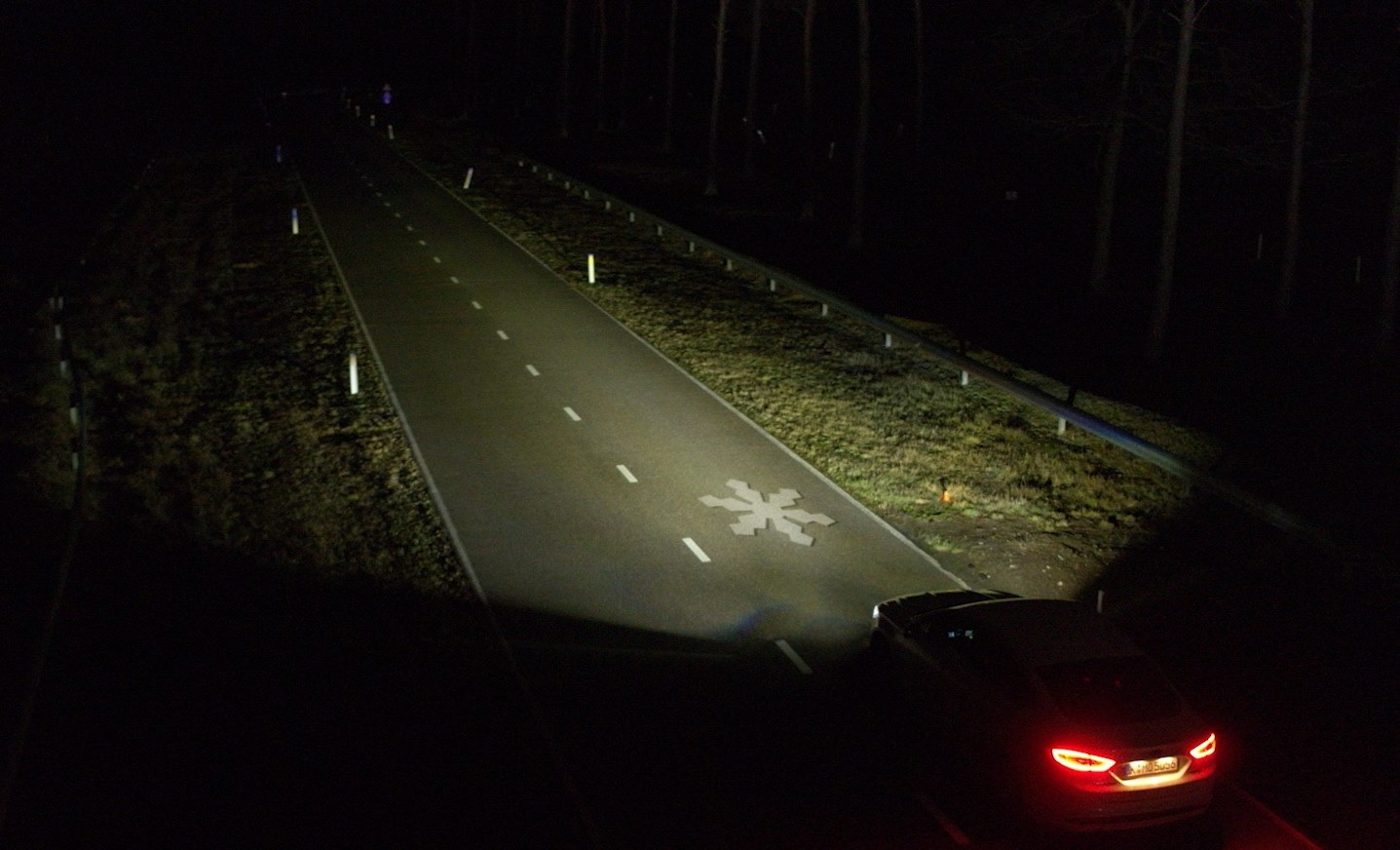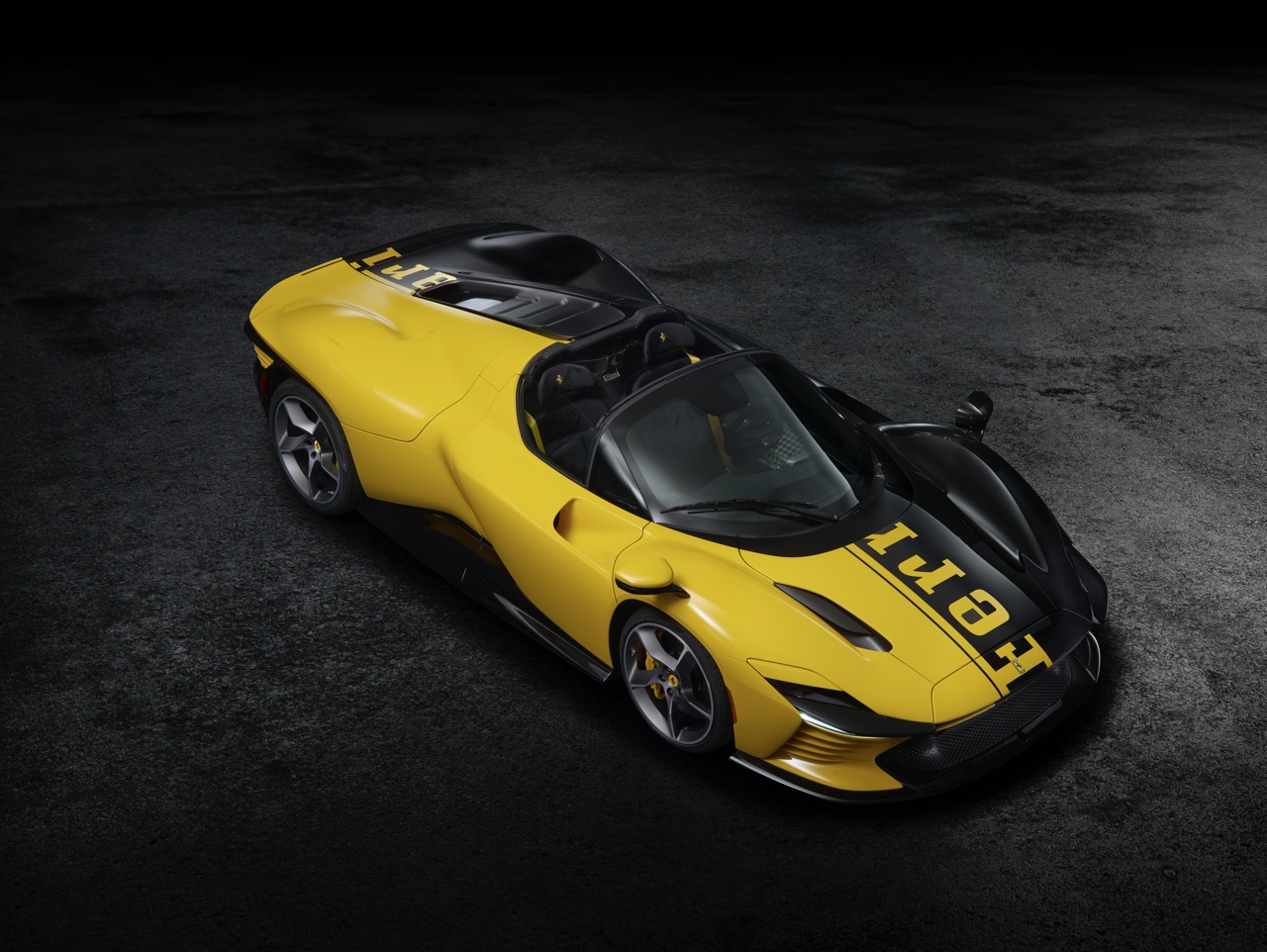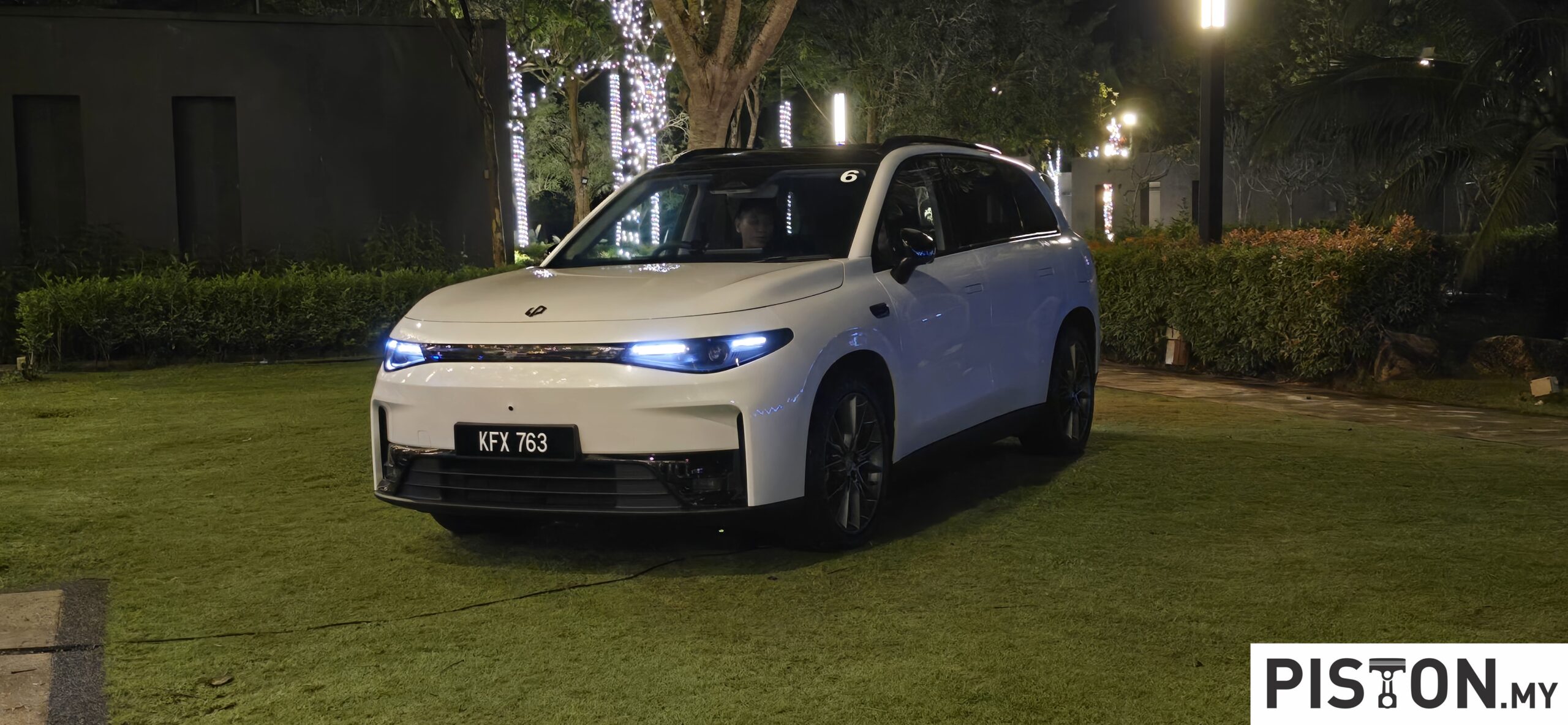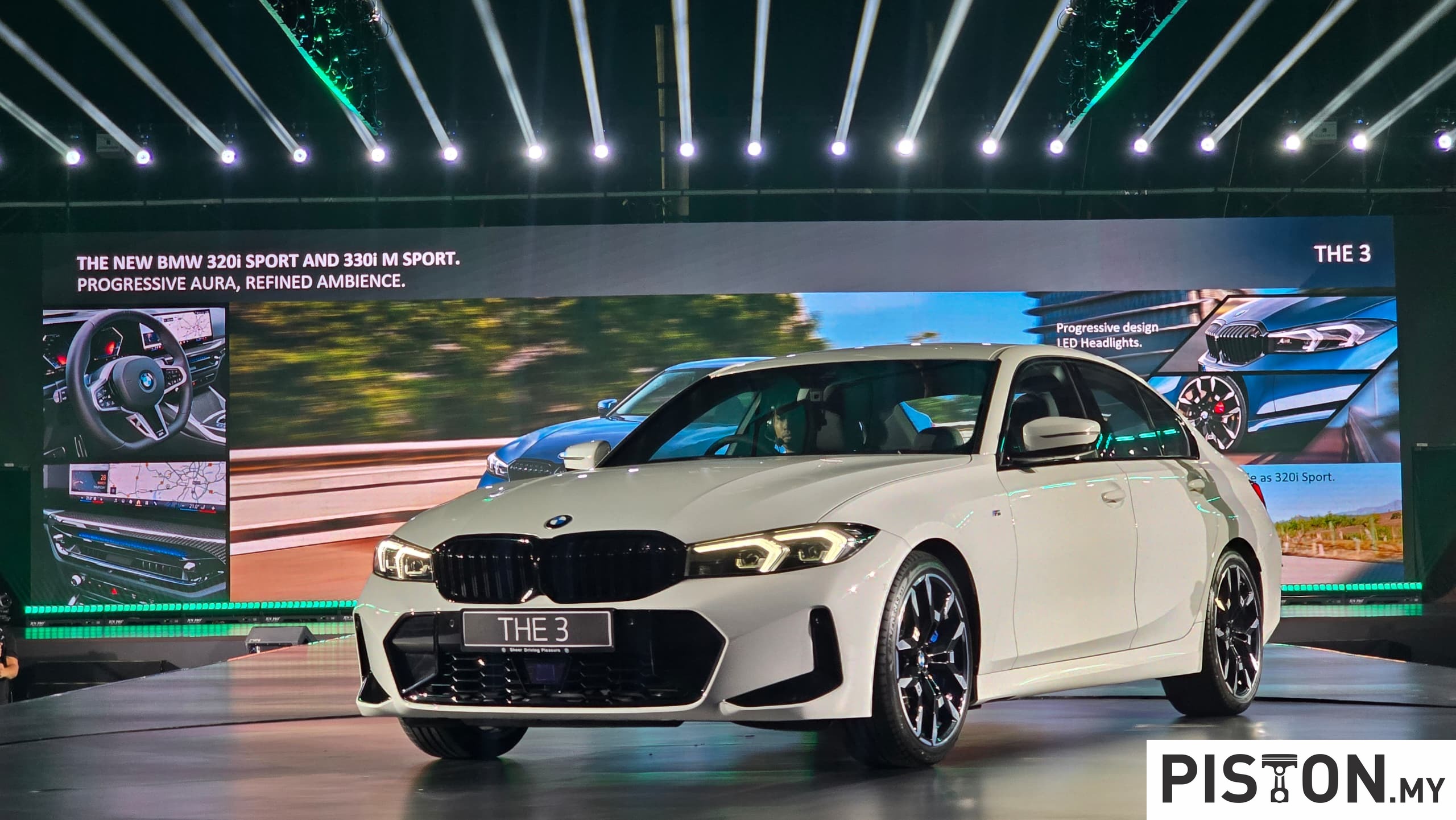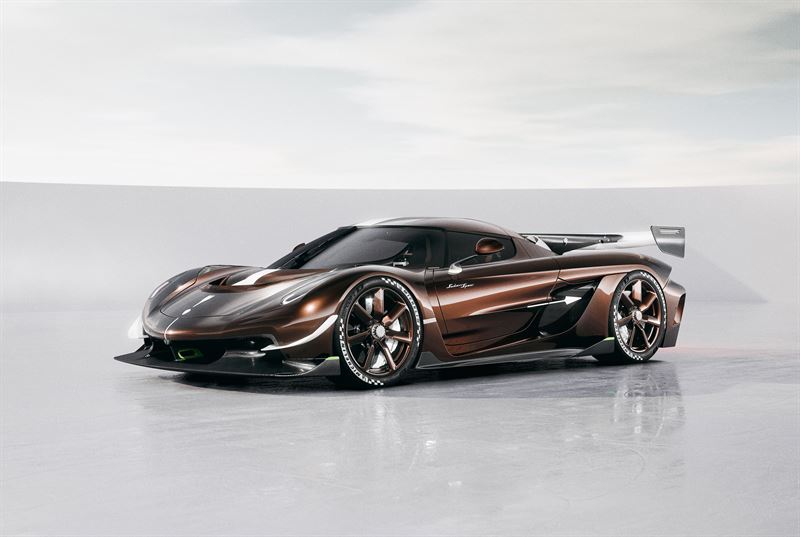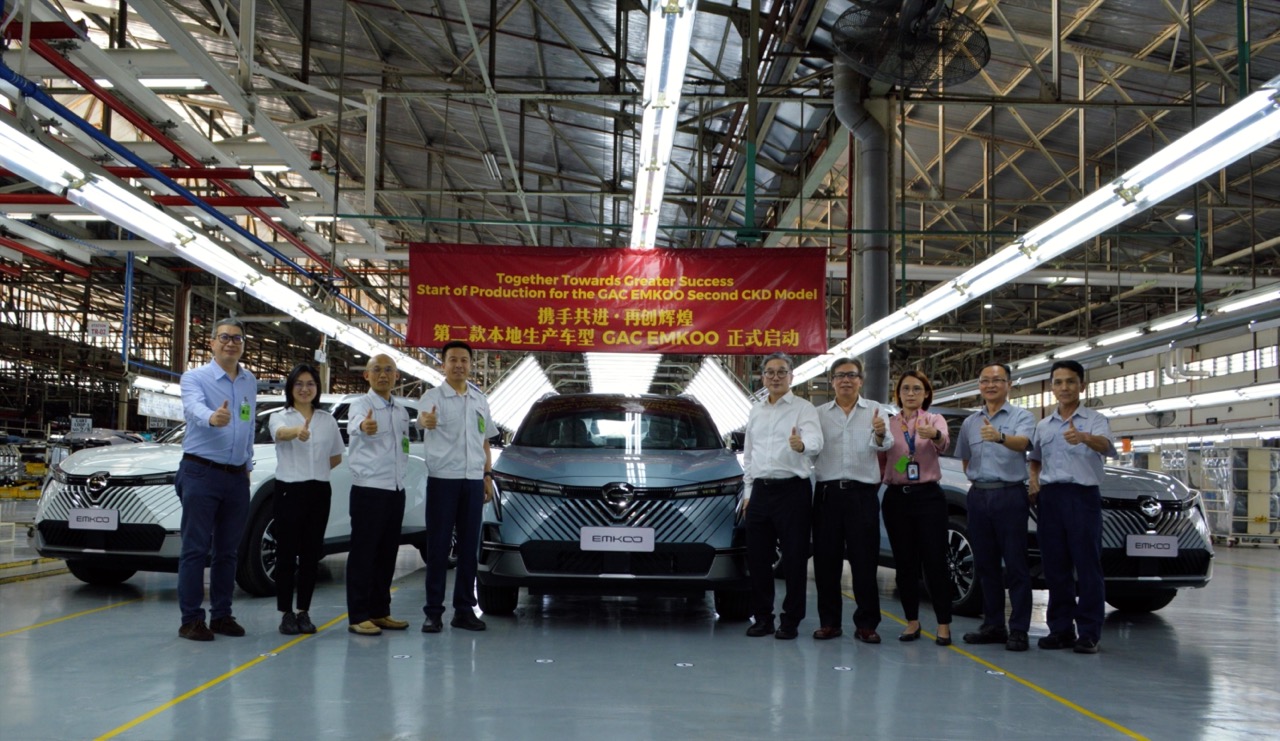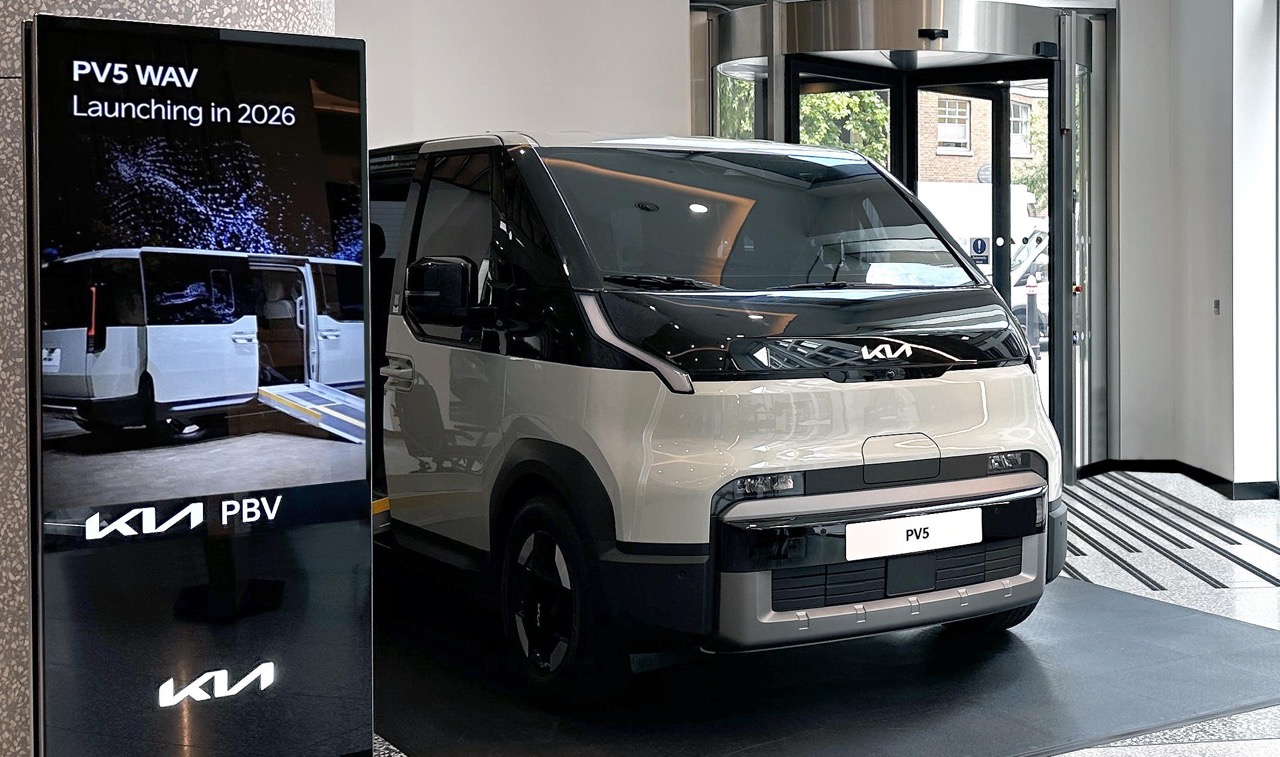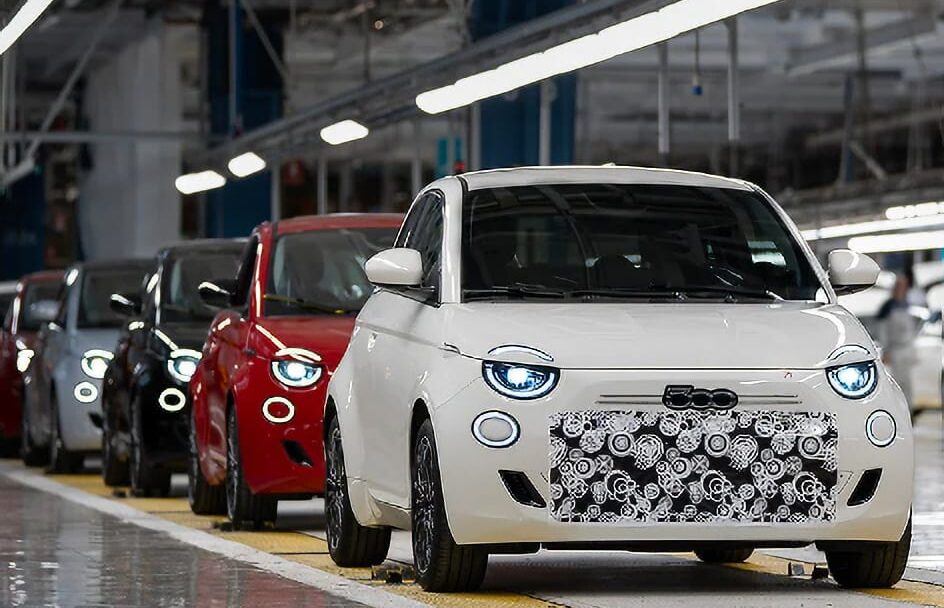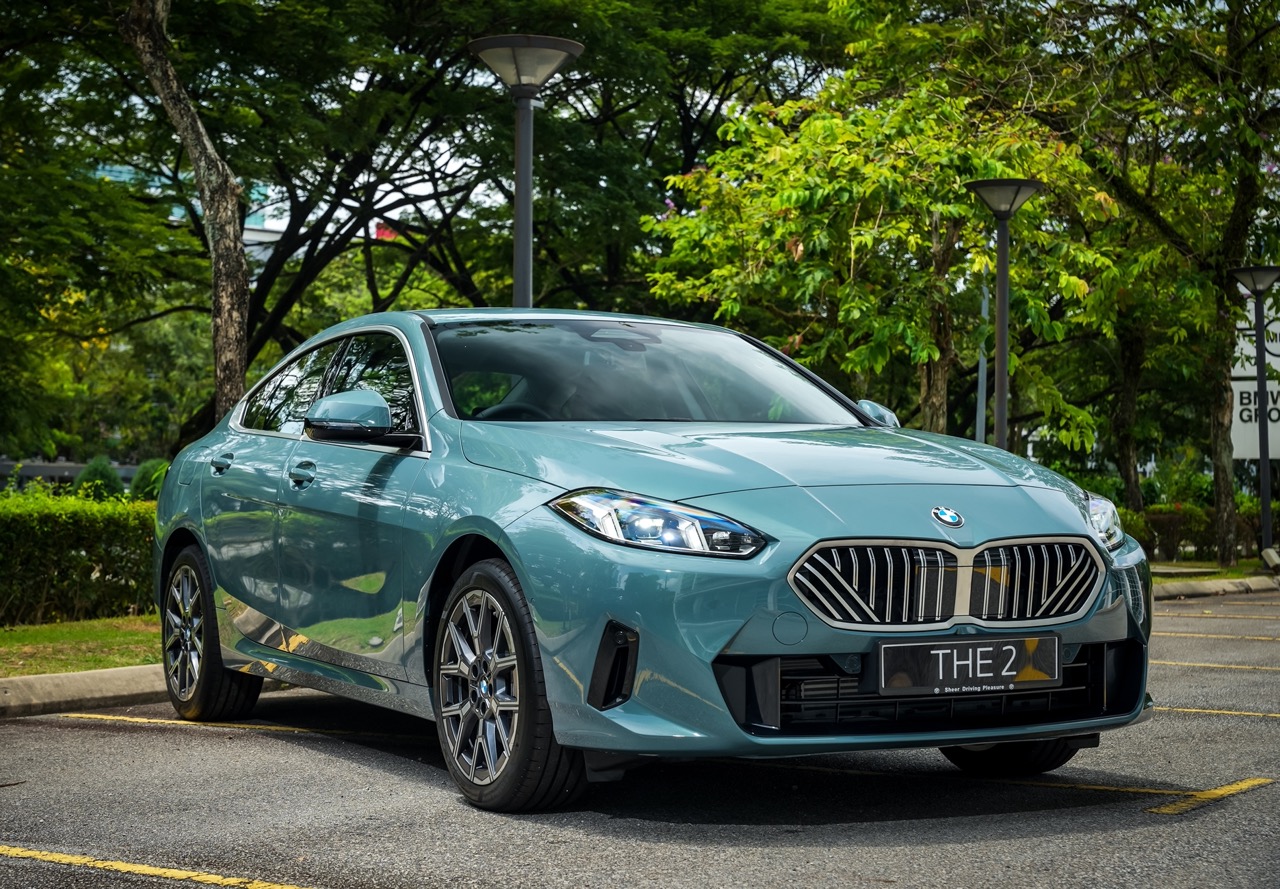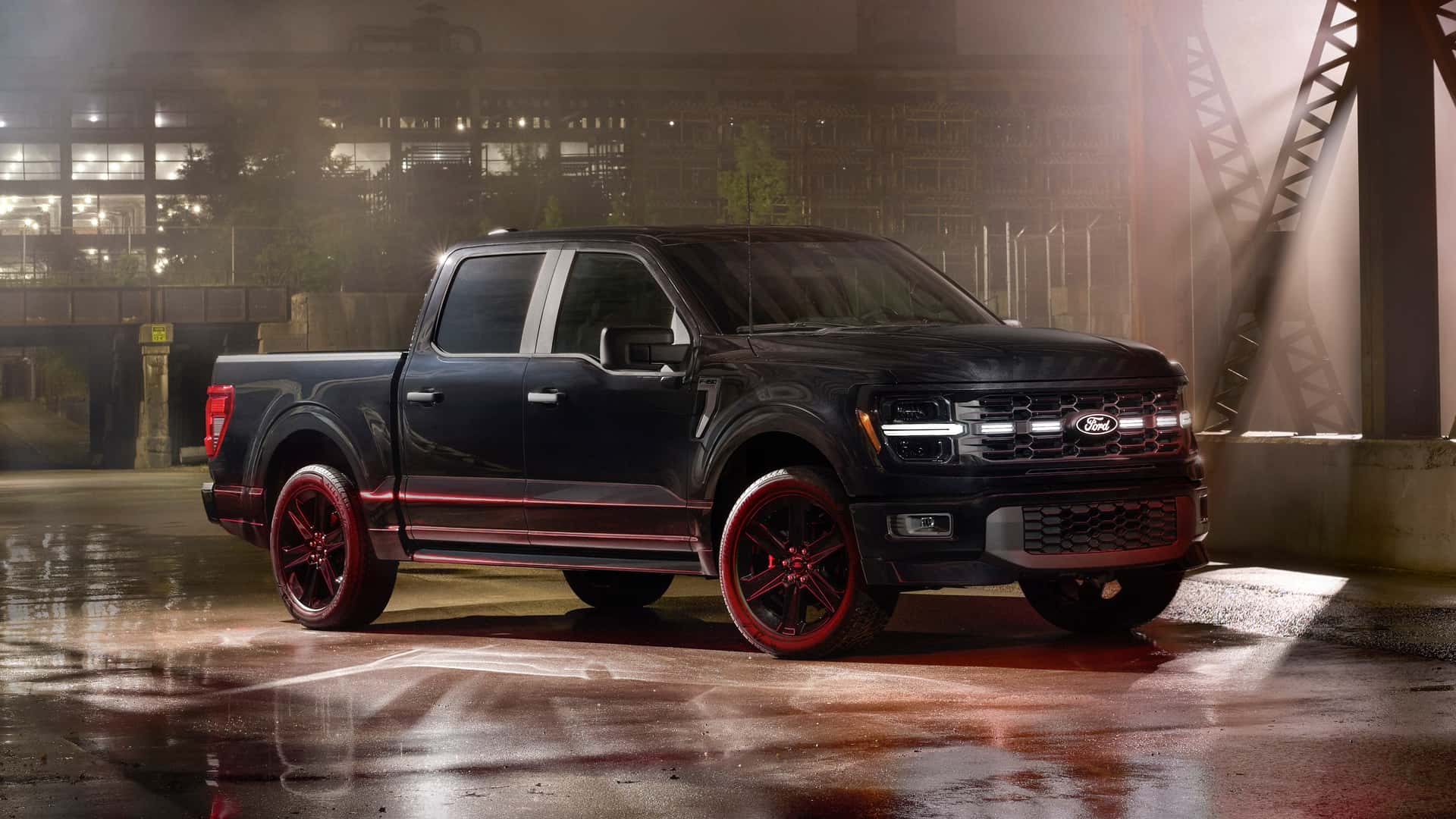Ford has always urged drivers to keep ‘eyes forward and hands on the wheel’. It’s obvious that maintaining attention on the road ahead is important to immediately spot any danger. At the same time, both hands should be on the steering wheel to always be able to take avoiding action in an emergency. That’s why using a mobilephone when driving is dangerous and in many countries, an offence.
Over the years, various technologies have been introduced to help drivers stay focussed ahead. Head-up Displays (HUDs) are one of them, the technology having been taken from fighter aircraft. By projecting important information on the windscreen, the driver can be informed while still looking ahead.
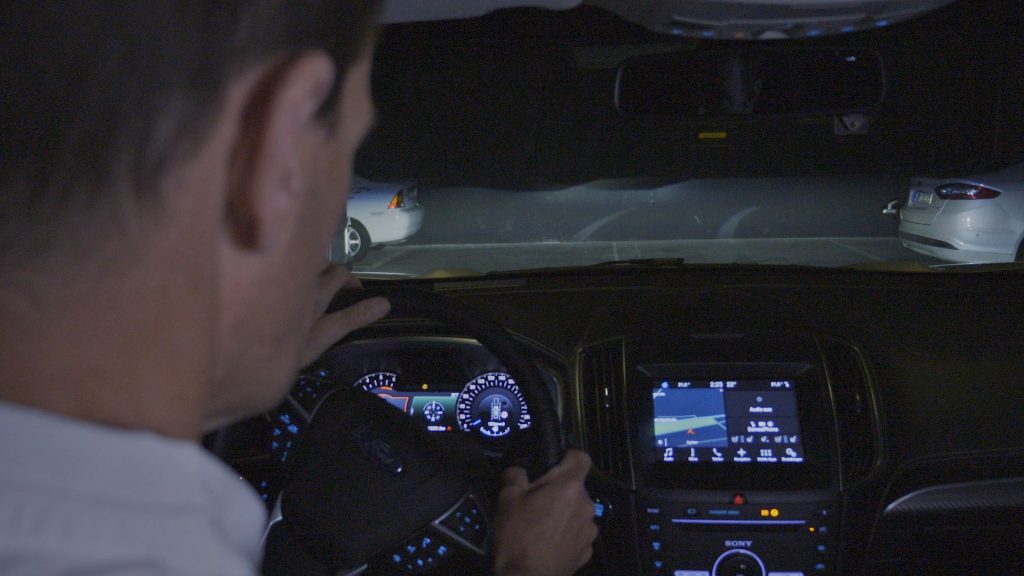
Now Ford researchers have developed a new headlight technology that could help ensure those behind the wheel literally keep their eyes on the road. The new technology can project directions, speed limits or weather information onto the road so the driver keeps looking ahead.
The technology is intended for use at night, of course, as that is when driving can be riskier. Statistics in the UK show that 40% of collisions happen during the hours of darkness, even though there are far fewer people driving than in the daytime.
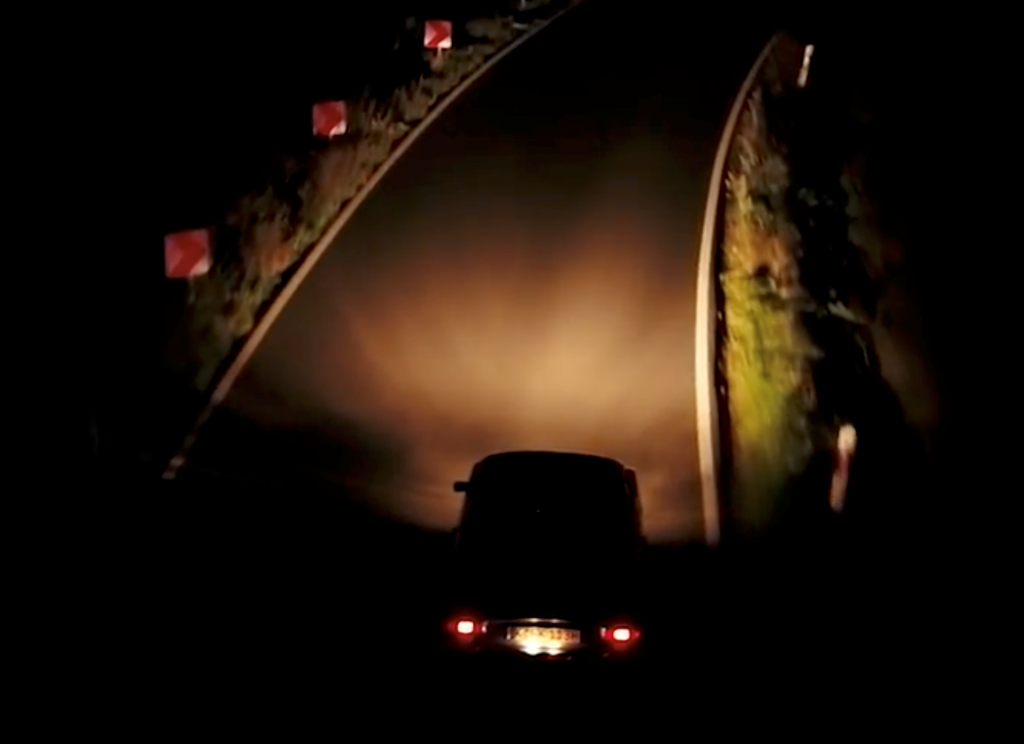
This risk is increased whenever a driver takes their eyes off the road. A vehicle travelling at 90 km/h covers 25 metres per second, meaning even a short glance at the navigation screen on the dashboard can result in ‘driving blind’ for 10 metres or more. On an unlit road, this could potentially mean missing an important sign or a bend in the road.

Ford’s researchers have therefore come up with a system that projects important information onto the road using high-resolution headlights. The technology could even provide the driver with information about changes in weather, such as rain falling, fog, slippery conditions, or a slippery road ahead.
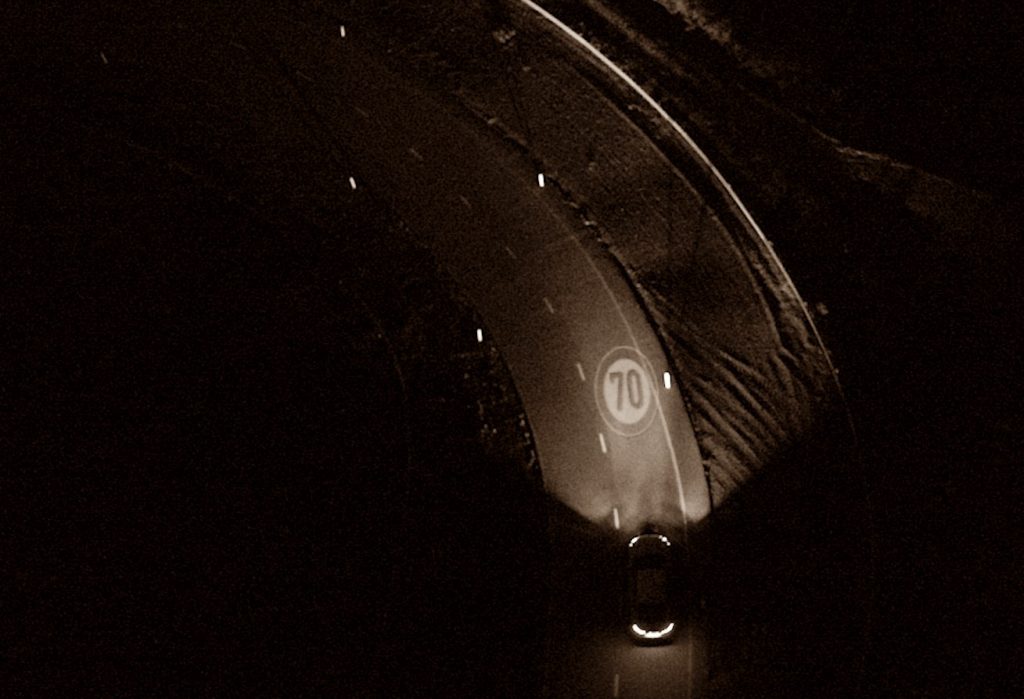
Connecting the headlight to the navigation system could display upcoming turns, while the width of the vehicle could be projected onto the road, helping the driver to judge whether the vehicle will fit through a gap or into a parking space.
The technology could benefit other road users too. For example, a pedestrian crossing could be projected onto the road, both for the view of the driver and the pedestrian, in situations where the existing road markings are faded or unclear. Other possibilities include showing a path for the driver to follow to ensure cyclists are passed at a safe distance.
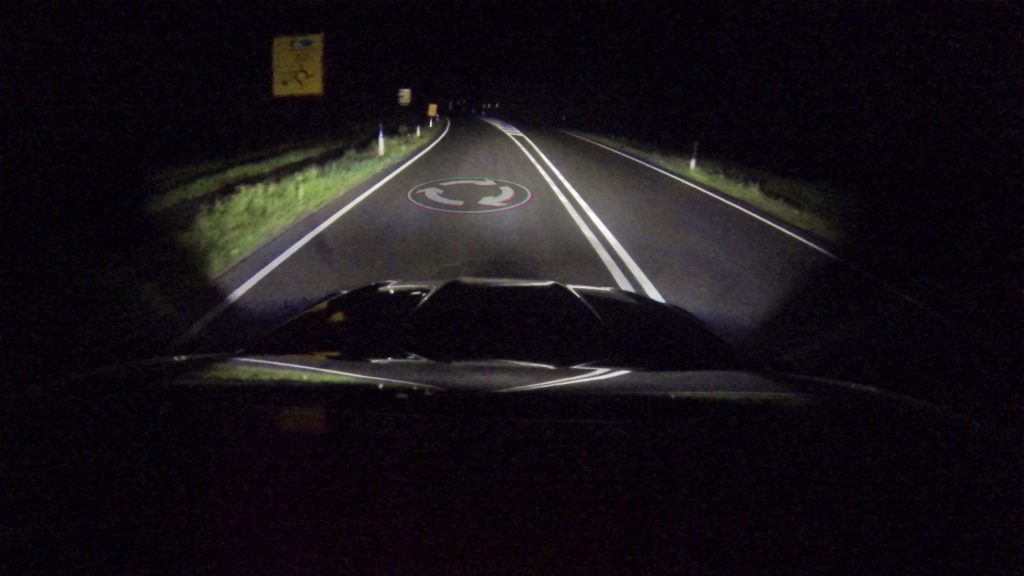
“What started as playing around with a projector light and a blank wall could take lighting technologies to a whole new level. There’s the potential now to do so much more than simply illuminate the road ahead, to help reduce the stress involved in driving at night. The driver could get essential information without ever needing to take their eyes off the road,” said Lars Junker, Features and Software, Advanced Driver Assistance Systems, Ford of Europe.




